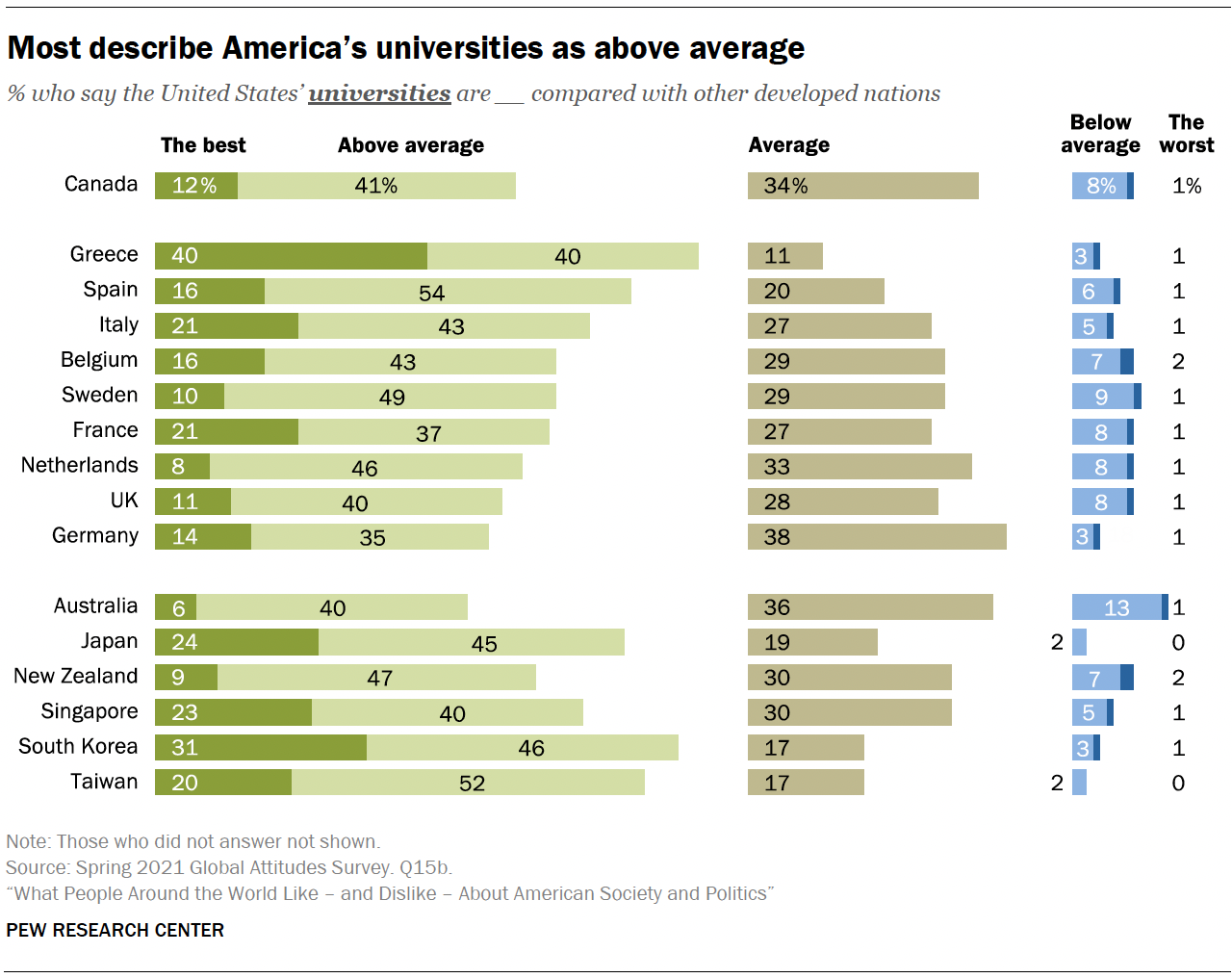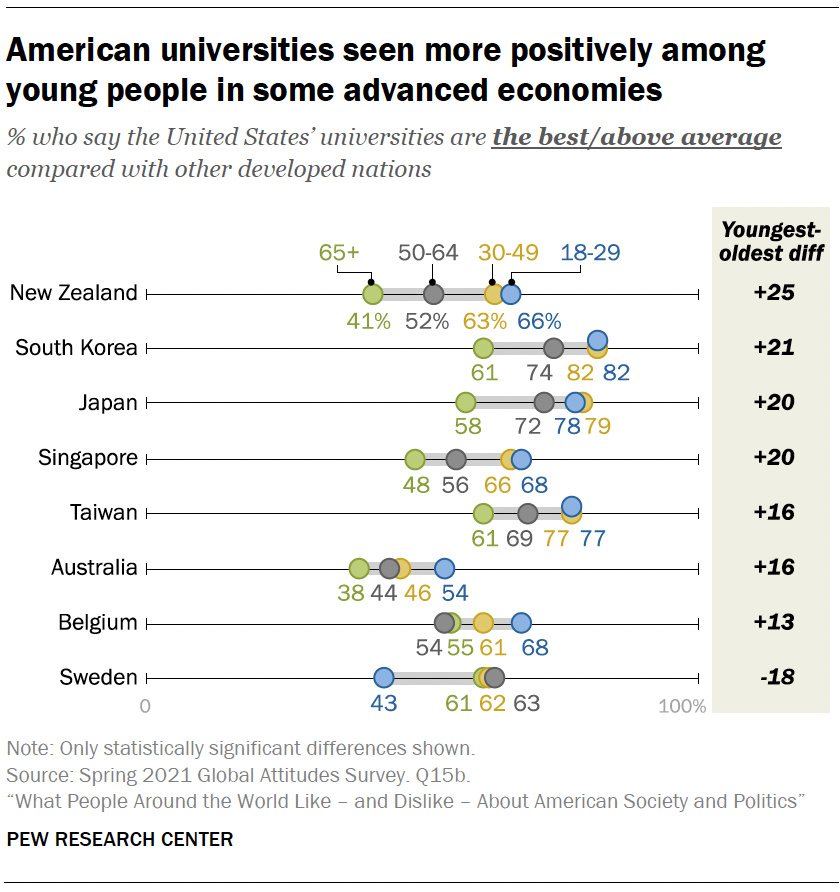3 ways HyFlex and virtual models help ensure equity
- Faculty training plays a critical role in HyFlex learning and equity
- Online and HyFlex options that started with the pandemic are helping ensure equity
lecture capture
get training and to learn from each other
- Engagement remains critical, whether in person or in a HyFlex model
how they’re going to teach remote students, but also students in the class, at the same time,
++++++++++++++++++++
More on blooms digital taxonomy in this blog
https://blog.stcloudstate.edu/ims?s=blooms+digital+taxonomy
Development of the Online and Blended Teaching Readiness Assessment (OBTRA)
https://www.frontiersin.org/articles/10.3389/feduc.2021.673594/full
Readiness for teaching online has been defined as the qualities or predispositions of an instructor that exemplify teaching high-quality online courses (Palloff and Pratt, 2011). Mental and physical preparedness (Cutri and Mena, 2020), a willingness to create active, collaborative learning environments that foster a sense community (Palloff and Pratt, 2011), and acceptance of online teaching (Gibson et al., 2008) also demonstrate readiness for the online teaching and learning modality. An inability or unwillingness to adopt student-focused approaches and the perception that online courses provide low quality learning environments (Gibson et al., 2008) and are not worthwhile (Allen and Seaman, 2015) can be important barriers to the successful transition to teaching online.
Upskilling: The Next Revolution in Higher Education
In a business context, upskilling refers to how we teach employees new skills. When we talk about upskilling at All Campus, we’re thinking about the bigger picture. On a large scale, upskilling refers to students and employees putting heightened emphasis on rapid career and practical skill development.
Just as online learning made it possible to go to school from anywhere, the growing market for graduate, non-credit and professional certificate programs will push flexibility even further.
For students, shorter non-credit courses and certificate programs provide more opportunities to develop skills and advance their knowledge in smaller blocks of time and lower cost.
According to Strada Education, 65% of the U.S. workforce does not have a four-year degree and, as more people question the value of degree programs in general, micro-credentials and other alternative education options are bound to generate long-term momentum.
+++++++++++++
more on upskilling in this blog
https://blog.stcloudstate.edu/ims?s=upskilling
5 ways e-learning can develop better remote workers
As soon as the coronavirus was declared a pandemic early last year, 88% of multinational organisations began encouraging remote working. By summer 2020, 83% of businesses surveyed said they will continue to offer remote-work options long after the world returns to complete normalcy.
Additionally, Gallup research conducted before the COVID-19 pandemic, indicated that employees are optimally engaged when they remote work 60% to 80% of the time. That’s three or four days in a workweek.
microlearning – brief training modules – increases information retention by up to 20%. Whether through videos or short quizzes, implementing microlearning can be beneficial without being time-consuming, allowing remote workers to get back to their tasks as soon as they’re done.
Offering e-learning videos
ncorporating elements of entertainment
Keeping e-learning content consistent
Providing content across devices
Hung, A. C. Y. (2018). Gamification as Design Thinking. International Journal of Teaching and Learning in Higher Education, 30(3), 1812–9129.
By reflecting-in-action, the practitioner is able to gain metacognitive awareness and perceive his/her intuitions and biases, test hypotheses, and take on new perspectives. The approach of having students learn by designing their own games combines design thinking and game-based learning (Kafai, 1995, 2006; Li, Lemieuz, Vandermeiden, & Nathoo, 2013). Design thinking also supports new forms of literacies brought on by new media technologies as well as game-based learning.
It is likely that the effects of gamification cannot easily be measured satisfactorily through surveys of motivation, engagement, attendance, or grades because there are too many variables that could affect how students respond. Critics of gamification argue that it over
simplifies complex problems (Bogost, 2015; Robertson, 2010). However, both gamification and design thinking are approaches to problem-solving. With design thinking, gamification may be used in more meaningful ways because design thinking offers a different lens through which to conceptualize the problem.

